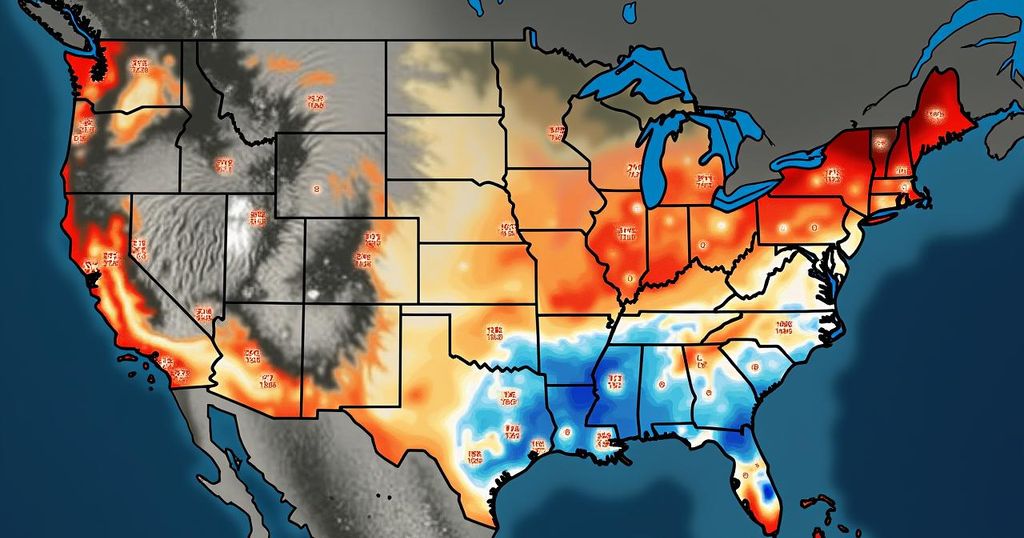The Transformations of Hurricane Season in October
In October, the Atlantic hurricane season sees a significant drop in storm activity, with occurrences reduced by approximately 50% compared to September. While conditions for storm formation become less favorable, hurricanes can still form, particularly affecting South Florida. Historical data reveals that notable destructive hurricanes have occurred in this month, underscoring the necessity of maintaining preparedness.
The Atlantic hurricane season experiences significant transformations as it transitions into October, markedly reducing the prevalence of storms and hurricanes. On average, the number of such weather events sees a decline of approximately fifty percent from September. This decline can be attributed to a decrease in favorable atmospheric conditions within the Atlantic Basin, limiting the regions where storms are likely to develop. Nevertheless, storms may still materialize, particularly in proximity to the United States and the western Caribbean Sea. Historically, data gathered since 1966 highlights that the quantity of storms and hurricanes emerging in October amounts to less than half of that observed in September, the season’s peak month. However, it is not uncommon to see two to three storms and one to two hurricanes form during October. One key factor affecting storm formation is the decline in conducive conditions as October progresses. The eastern Atlantic Ocean, stretching from Africa to the Lesser Antilles, along with the northwestern Gulf of Mexico, typically become less favorable for hurricanes. This unfavorable shift is largely due to an increase in wind shear, which can disrupt the organization of potential tropical storms. Additionally, the volume of tropical waves—disturbances emanating from Africa that could develop into storms—also diminishes during this month. By the end of October, climatological data from the National Hurricane Center indicates that very few storms originate east of the Lesser Antilles. Consequently, the likelihood of hurricane impacts in Texas is relatively lower compared to Florida. It is noteworthy to mention that South Florida stands out as a unique U.S. region where hurricanes have historically made landfall in October more than any other month. This phenomenon is often attributed to storms forming within the far western Caribbean Sea and subsequently being rapidly directed northeast towards Florida. Despite the general decrease in storm activity, history has shown that October can still yield exceedingly destructive hurricanes. Notable examples of impactful storms include Hurricane Delta and Zeta in 2020, Hurricanes Michael (2018), Matthew (2016), Sandy (2012), and Wilma (2005). Thus, October retains the potential for significant storm activity, necessitating that residents maintain preparedness through their hurricane plans. In conclusion, while October marks a decline in storm frequency compared to September, the Atlantic hurricane season retains its capacity for generating formidable hurricanes that can impact vulnerable regions, particularly Florida. Monitoring atmospheric conditions and maintaining readiness remains crucial as the hurricane season progresses.
The Atlantic hurricane season runs annually, generally from June 1 to November 30, with peak activity observed in September. October typically sees a pronounced decrease in storm formation due to unfavorable atmospheric conditions, a phenomenon understood through climatological analysis. Understanding these seasonal shifts is essential for preparedness, especially in areas more prone to hurricanes, such as Florida.
In summation, October signifies a critical period within the Atlantic hurricane season, characterized by a reduction in storm frequency. However, the historical occurrence of hurricanes during this month, particularly in South Florida, accentuates the need for ongoing vigilance and preparedness. Individuals in hurricane-prone areas should maintain their hurricane plans to ensure readiness for potential storms, despite the overall decline in storm activity this month.
Original Source: weather.com




Post Comment